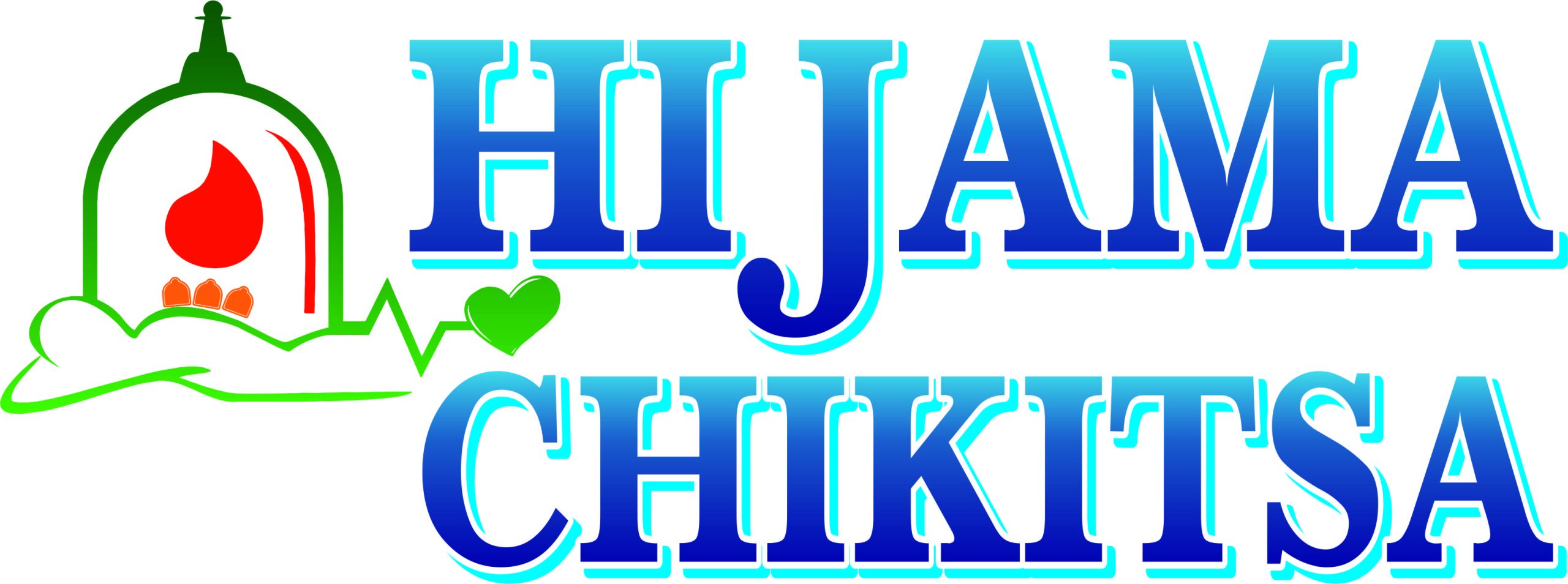About
History Of Cupping Therapy
Cupping therapy is an ancient healing practice with roots that date back thousands of years. It has been utilized across various cultures for its therapeutic benefits.
Ancient Origins
China: Cupping is believed to have originated in China around 3000 BCE. The practice was documented in the “Huangdi Neijing” (The Yellow Emperor’s Classic of Medicine), which emphasizes the importance of balancing the body’s qi (energy) to promote health and healing.
Egypt: Evidence from ancient Egyptian tombs suggests that cupping was practiced as far back as 1500 BCE. It was used by physicians like Hippocrates, who recognized its potential for treating a variety of ailments.
Middle East: Cupping has been a part of traditional Arab medicine for centuries, often referred to as Hijama (wet cupping). It was widely practiced and mentioned in Islamic texts, promoting its use for various health issues.
Evolution Through Time
Greco-Roman Era: The practice spread to the Greco-Roman world, where it became a standard part of medical treatments, particularly for pain relief and detoxification.
Medieval Europe: During the Middle Ages, cupping remained popular in Europe, often used alongside bloodletting to treat fevers and other conditions.
Modern Resurgence
20th Century: Interest in alternative medicine led to a revival of cupping in the late 20th century. Practitioners began to explore its benefits in sports medicine, wellness, and holistic health.
Contemporary Popularity: Cupping gained global attention in the 21st century, particularly after athletes like Michael Phelps showcased it during the 2016 Olympics. This exposure has contributed to its growing acceptance and popularity in Western wellness practices.
Benefits of Cupping Therapy
Cupping therapy is renowned for its wide range of health benefits. By creating suction on the skin, this ancient practice promotes healing and wellness in several ways:
1. Pain Relief
Cupping is particularly effective for alleviating pain, especially in the back, neck, and shoulders. Many users report significant reductions in muscle tension and discomfort after sessions.
2. Improved Circulation
The suction created by the cups enhances blood flow to the treated areas, which can promote healing, reduce inflammation, and help deliver oxygen and nutrients to tissues.
3. Relaxation and Stress Reduction
Many people experience deep relaxation during and after cupping sessions. The therapy can help lower stress levels and promote an overall sense of well-being.
4. Detoxification
Cupping may assist in the body’s natural detoxification process by drawing out toxins and impurities, helping to cleanse the body.
5. Enhanced Athletic Performance
Athletes often use cupping to accelerate recovery after workouts. It can reduce muscle fatigue, improve flexibility, and enhance overall performance.
6. Respiratory Benefits
Cupping can support respiratory health by improving lung function and alleviating conditions like asthma and bronchitis. It may also help clear mucus from the lungs.
7. Skin Health
The increased blood flow and stimulation from cupping can improve skin conditions such as acne, eczema, and scarring, promoting healthier skin.
8. Immune System Support
By enhancing circulation and facilitating detoxification, cupping may strengthen the immune system, helping the body to fend off illnesses.
9. Headache and Migraine Relief
Many individuals find that cupping effectively reduces the frequency and intensity of headaches and migraines by relieving muscle tension and improving circulation.
10. Digestive Support
Cupping can promote digestive health by stimulating the digestive organs, improving blood flow to the gastrointestinal tract, and alleviating symptoms like bloating and discomfort.
Opening Hours
Book An Appointment
Lorem ipsum dolor sit amet, consectetur adipiscing elit.
